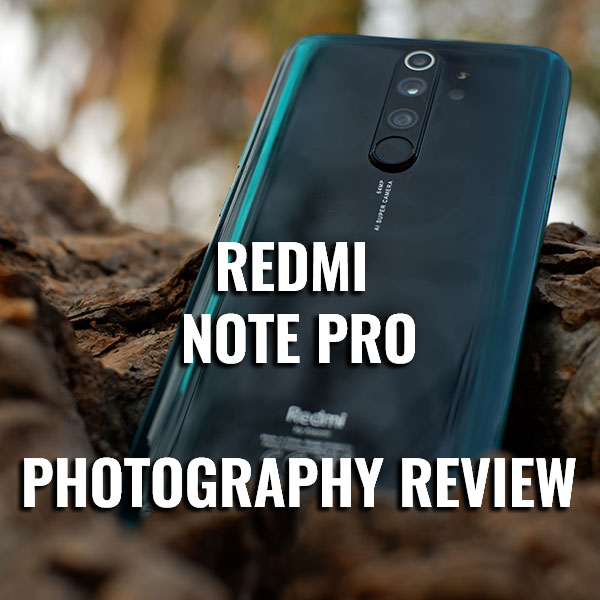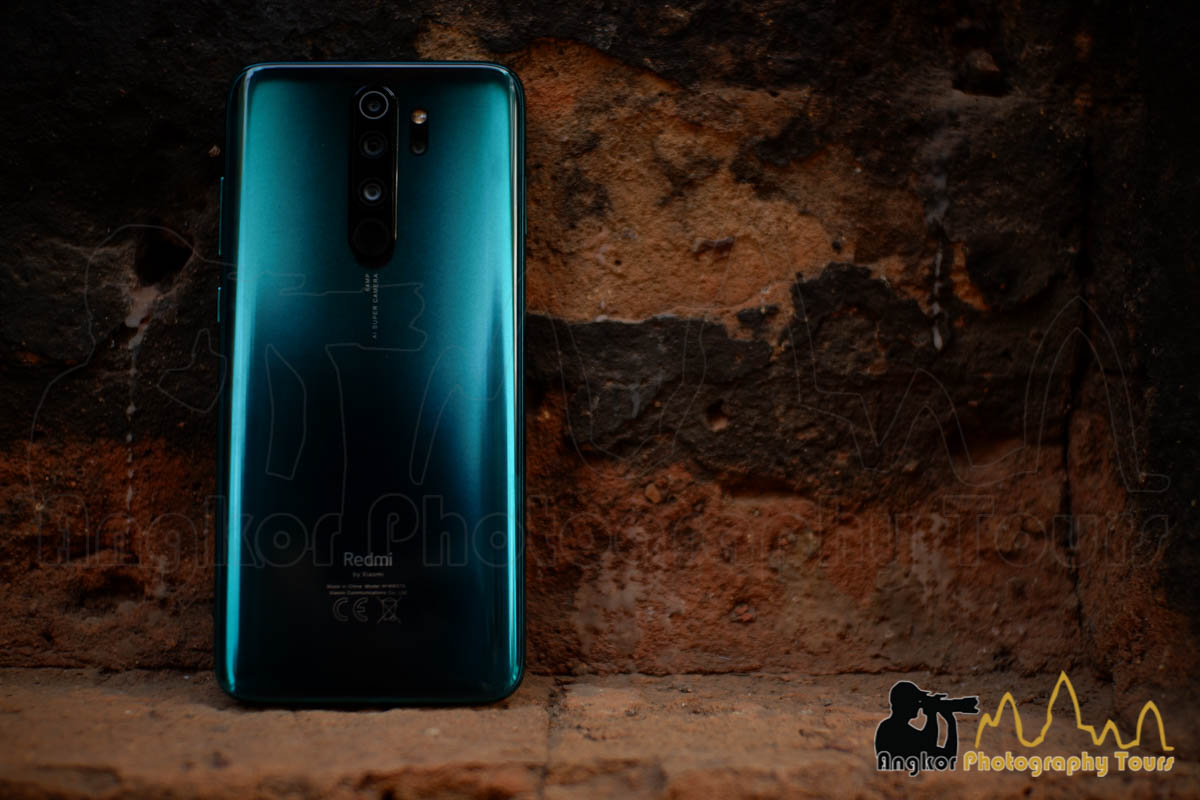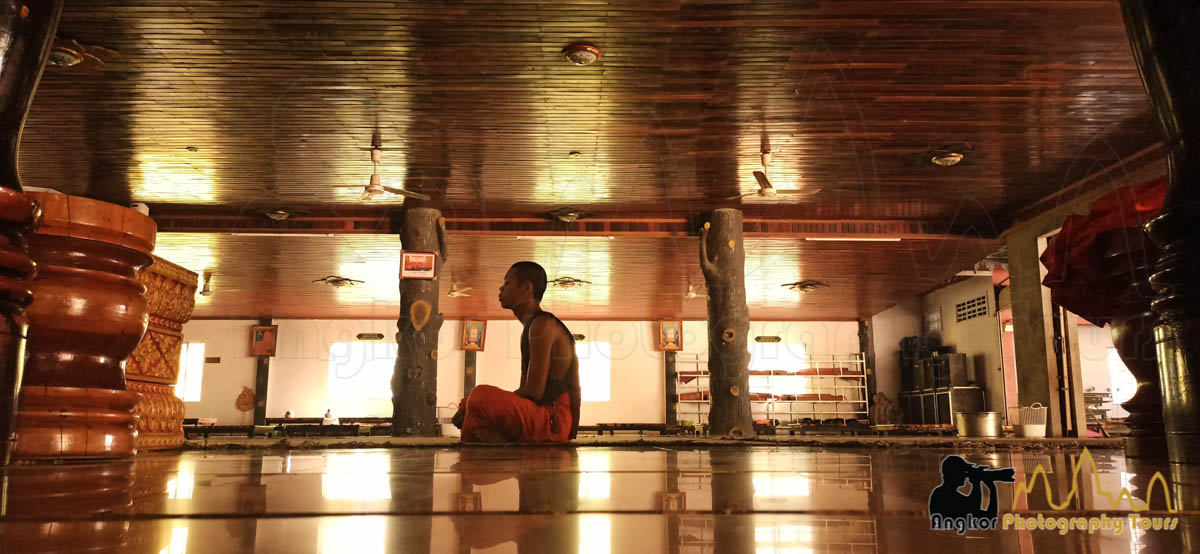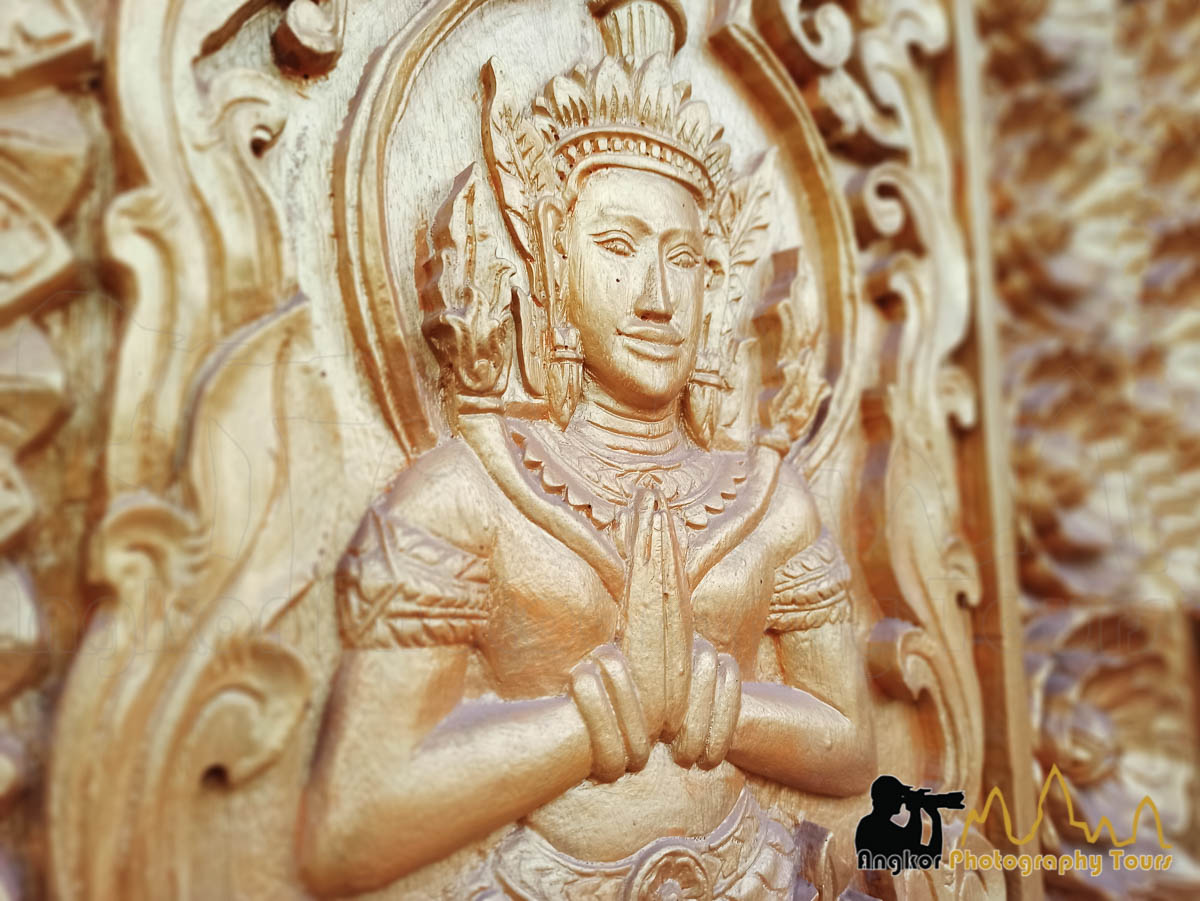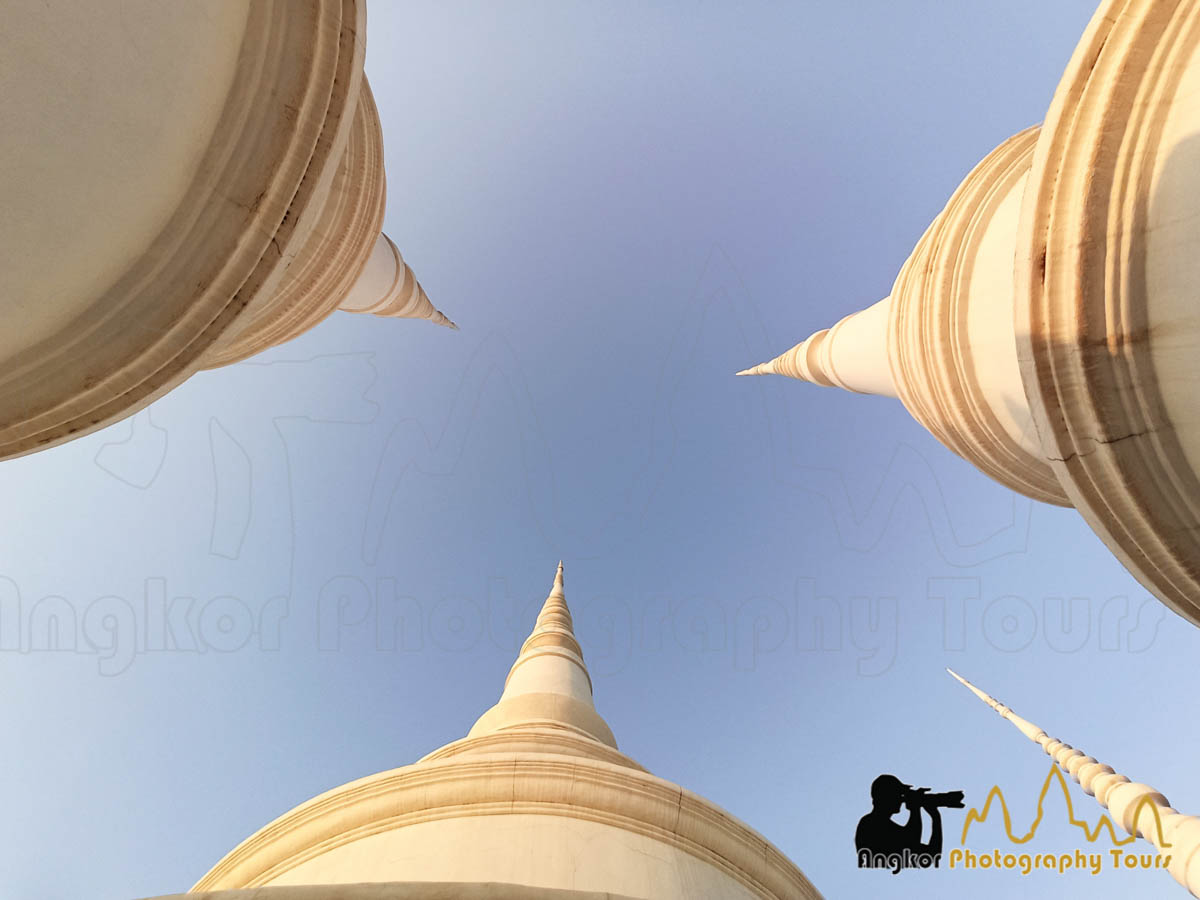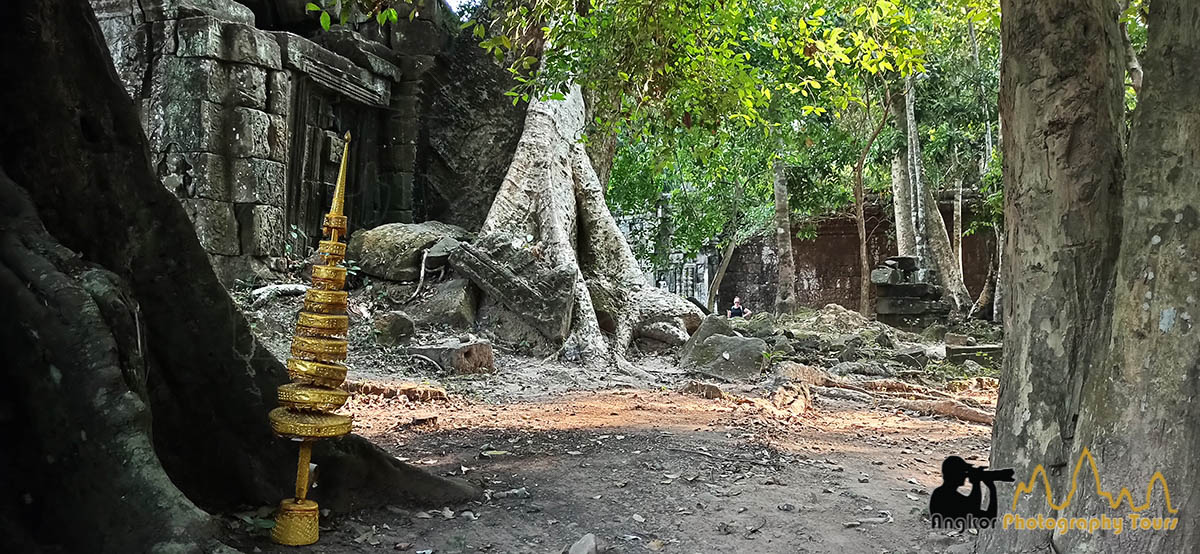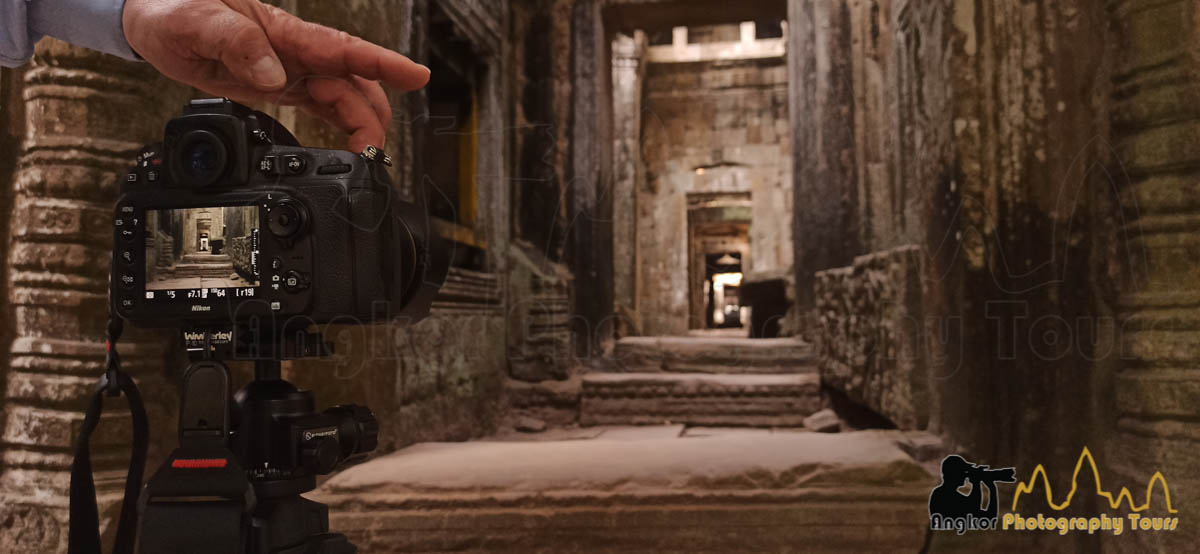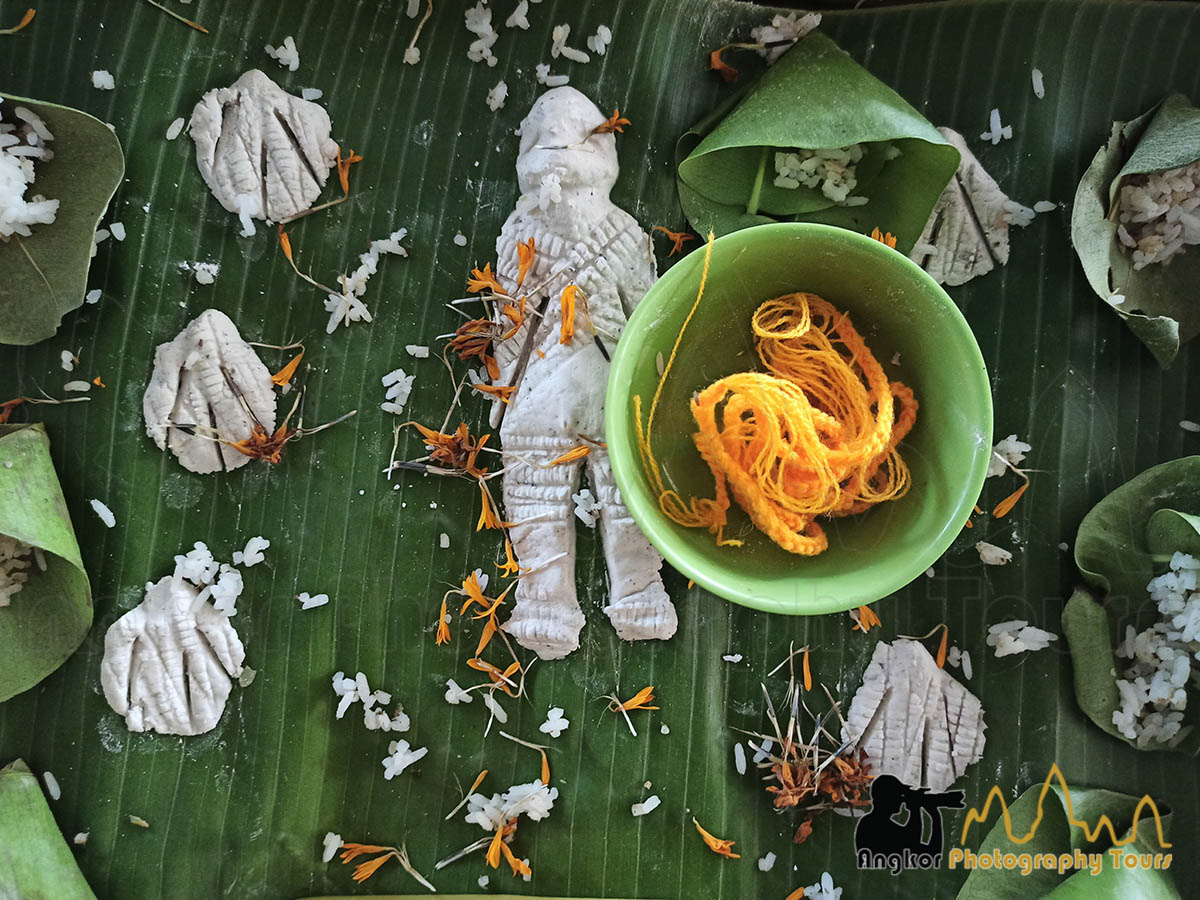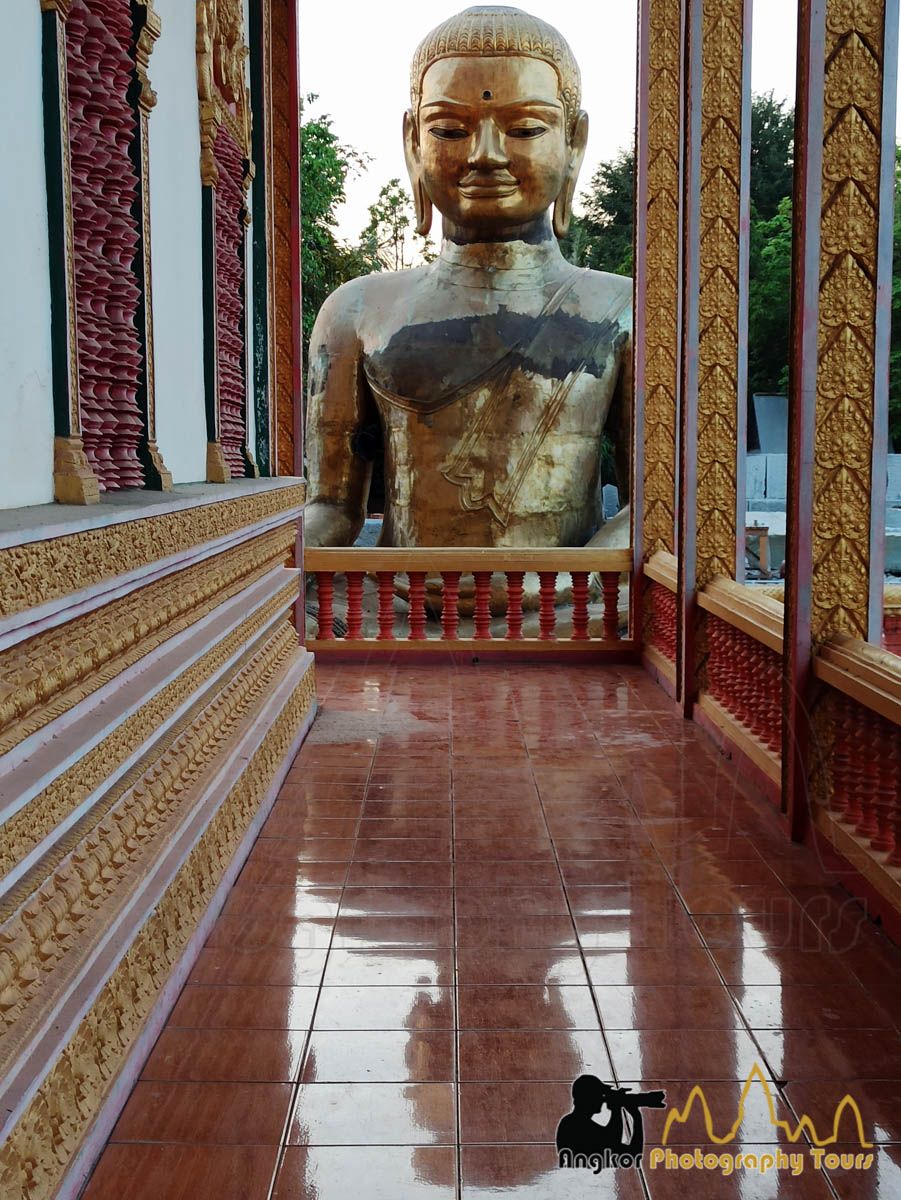Redmi note 8 pro review
I recently updated my Huawei P9 lite (released in April 2016 ) with a Redmi Note 8 Pro, a mid range smartphone released by Xiaomi in October 2019. This smartphone is dubbed by Xiaomi as the “Pioneer of 64MP Quad Camera” as it is the world’s first smart phone with a 64MP camera.
Redmi Note 8 Pro phone specifications
- 6.53-inch FHD+ display. 1080×2340 px, 395 PPI.
- Octa core (2.05 GHz, Dual Core + 2 GHz, Hexa Core).
- Helio G90T chipset.
- 8GB RAM.
- 128GB storage.
- 4,500mAh battery with support for 18W fast-charging.
- MIUI 10 based on Android 9.
- Corning Gorilla Glass 5.
Redmi Note 8 Pro camera specs
Like razor blades it looks that mobile phones are getting more and more camera lenses these days and it is also the case for this redmi note 8 pro which packed 4 camera lens on the back and one on the front (20 MP selfie f: 2.0).
64 MP ultra high resolution at f:1.89
8MP ultra wide at f:2.2
2 MP macro at f: 2.4
2 MP depth sensor
ISO: from 100 to 3200
The most anticipated feature of the RedMi is the 64 MP camera based on the 64-megapixel Samsung ISOCELL GW1 sensor (pixel size: 0.8μm).
The sensor is 1/1.7″ (7.6 X 5.70 mm) which is 8.5 times smaller than the sensor of the Fuji X-T100 (24 MP). You are probably wondering how it is possible to cram 64 megapixels on a so small sensor ? Well it is because the native format is only 16 MP: tetracell technology uses pixel-merging and Samsung’s remosaic algorithm to merge four pixels into one and provides a high resolution image.
RedMi 8 note pro file resolutions
For photographers, here are the file sizes you will get with this phone
1200 X 1600 pixels (2MP macro mode)
2448 X 3264 pixels (8 MP wide angle)
3472 X 4624 pixels (16 MP)
6936 X 9248 pixels (64 MP)
Redmi 8 Note Pro photography tips
Set camera frame
Before you start taking pictures, it is very important to set camera frame as it will set the final file size. It is accessed from the camera menu (top right corner). You have the choice between the different formats below:
1:1 (good for your Instagram feed)
3:4
9:16
Full (1:2.2) which is the ratio of the camera screen
When shooting on normal mode (16 MP) here the different final file sizes and resolutions below:
Full 2136*4324 9.9 MP
1:1 3172*3472 12 MP
3:4 3472*4624 16MP
9:16 2600*4624 12 MP
Use Redmi pro mode
Using RedMi pro mode is useful in difficult lighting conditions (indoor for example) and for creative photography where you want to control as many things as possible
What will you be able to adjust using the pro mode?
- White balance (from 2000 to 8000 K)
- Focus (from 1 to 100 units)
- ISO (from 100 to 3200 ISO)
- Field of view (macro, wide or ultra-wide).
Note the the 64MP option do not work with macro and ultra-wide lenses
redmi 8 note pro review: 16 MP pro mode (Pagoda in Siem Reap)
Use portrait mode to blur background
You can adjust the aperture from f:1.0 to f:16 on portrait and therefore control the depth of field in your pictures. It is especially useful when taking closeup objects.
Redmi Note 8 Pro review: image samples
This gallery will be expanded in the future. We tried to shot in different conditions and used the different available modes (macro, 64MP, HDR, ultrawide) to assess the quality of pictures.
redmi 8 note pro review: ultra-wide angle
redmi 8 note pro review: HDR mode
redmi 8 note pro : 16 MP pro mode (Preah Khan temple)
redmi 8 note pro : 64 MP sample (see a cropped sample here)
redmi 8 note pro review: macro mode
redmi 8 note pro review: normal mode (X2 zoom)
Shooting video with the Redmi Note 8 Pro
Redmi note 8 pro can record 4K, 1080, 720 videos at 30 fps. Unfortunately the pro mode is not available in pro mode so creativity is limited:(
Slow motion movies can be captured at 960, 240 and 120 fps at 1280*720 resolution. Note that the quality of the 960 is the less good. Its use it pretty limited but can interesting results with very fast moving scenes such as waterfall.
The most interesting video feature which is not immediately visible to first time users are the video stabilization at 1080p which works very well even if you record handheld while walking. Stabilization is activated in Video –> Settings –> Image stabilization.
RedMi Note 8 pro hyperlapse (X2) with video stablization
Timelapse and hyperlapse videos are recorded in video mode by selecting Time-lapse on the upper right section. Frequency of the shots can be adjusted on the camera settings menu (video mode) from 2X (0.06-second interval) to 1800X (60-second interval).
X2 would be for very fast moving objects (city traffic for example) and 150X and above for slow and very slow moving scenes (e.g cloudscapes).
We recorded the timelapse (hyperlapse) below from inside a moving car at 1080 p (2X speed). It was further edited on the phone by applying a film filter. For more advanced editing you can use the Kinemaster application.
CONCLUSIONS
The quad camera system is part of the marketing strategy from Xiaomi and follow the steps of Samsung A9, the first world’s first 24 MP quad camera smartphone released at the end of 2018.
The picture quality of the 64 MP camera is good in bright daylight and is clearly the strongest feature of this redmi note 8 pro camera.
We did not see any advantage of having a dedicated macro lens and picture quality coming from the ultrawide 8 MP is average. Another lens is the 2 MP depth sensor which is not something that it is not used all the time.
Although it take pictures at 64 MP, the redmi note 8 pro is however not a replacement for a entry level DSLR or mirrorless camera but of course as the saying goes, the best camera is the one you have with you:)
Redmi Note 8 Pro | Cons
- The 64 MP shooting mode is not the default one when you open the camera, so be sure to select it first
- The ultra-wide mode is not available at 64 MP
- Video stabilization is only available when recording at 1080p but not at 4k
- Meak Bochea: Celebrating Buddha’s Final Teaching in Siem Reap Cambodia - February 14, 2025
- Angkor Wat Marathon - June 22, 2024
- Timelapse calculator - June 22, 2024
